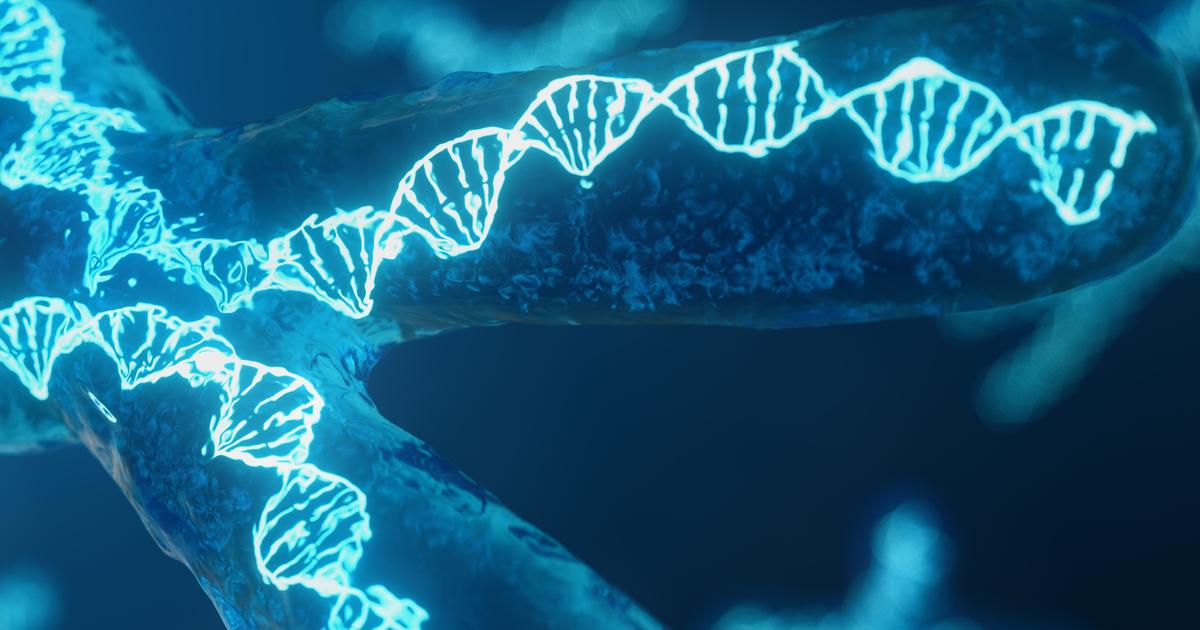What Are The Causes And Complications Of Essential Tremor?
Essential tremor is a movement disorder where a patient experiences involuntary shaking with a rhythmic motion, most often in their hands. Essential tremor is different from a tremor that occurs as a complication of another disorder or trauma to the head. Other neurological symptoms occur alongside essential tremor as they do with a tremor that has other causes. Essential tremor is most prominent when affected individuals are making movements and performing different activities such as drinking, eating, and writing. Essential tremor is prominent when the affected part of the body is extended, and the muscles being used are opposing gravity. Aside from the hands and arms, essential tremor can occur in the trunk, head, face, and neck. Essential tremor can manifest at any age but tends to be most prevalent in older adults.
Essential tremor has several causes and may produce a variety of complications. Get the details on these now.
Genetic Mutation

Half of all essential tremor patients have a genetic mutation that has caused them to develop it. An individual who is born to a parent affected by essential tremor has a fifty percent chance of inheriting the genetic mutation responsible, though not everyone affected by associated genetic mutations will develop symptoms of essential tremor. The genetic mutations most often associated with essential tremor are those that occur on an individual's LINGO1, ETM1, ETM2, ETM3, FUS, SLC1A2 HS1-BP3, and TLS genes. This mutation is inherited in an autosomal dominant manner in most cases. Usually, there is no correlation between the severity and age of onset of essential tremor that runs within a family. Most individuals affected by a familial form of essential tremor have developed it as a result of their genetic abnormality in combination with other environmental risk factors that have either triggered or activated the abnormal gene in their body.
Read more about what can cause essential tremor now.